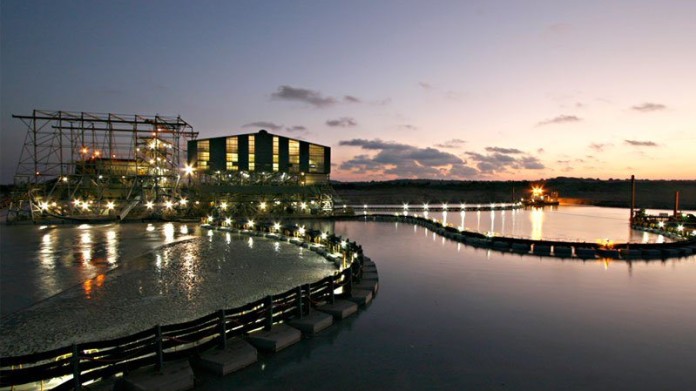
KENMARE Resources reported a 48% increase in third quarter ilmenite shipments following the return of its largest transshipment vessel from maintenance.
Production was also higher in the quarter, up 25% which puts the company back on an annual run rate of 1.2 million tons of ilmenite. Production and shipments would reach their highest for the year in the current three month period.
Prices were also robust but while the market was in good shape, the firm’s CEO Michael Carvill said he expected demand for ilmenite feedstocks to “moderate” in 2023.
“Pricing for our products increased again in Q3 and our order book for Q4 is largely committed. However, pigment demand weakened through the quarter, affected by Chinese and European market conditions,” Carvill said.
Kenmare mines titanium and associated minerals – used in the pigment and ceramics industries – from the Moma mine situated in northern Mozambique.
Commenting on third quarter market developments, Kenmare said that softening in China demand resulted from its strict Covid-19 lockdown policy as well as a slow-down in its property market. Demand weakness was also seen in Europe as a result of higher energy costs and slower economic growth.
“A weaker pigment market is likely to impact demand for ilmenite in Q4,” the company said. “However, Kenmare has contracts in place for the majority of its expected sales in the quarter, with pricing continuing to be strong as high-quality ilmenite remains in short supply.”
A prefeasibility study of a new ore zone – Nataka – which would be accessed by Kenmare’s WCP A facility, was progressing. Mining is expected to commence in the zone during 2025.
As part of the new development, WCP A is expected to have a desliming circuit installed to more efficiently mine the Nataka ore zone. As some elements of the PFS are “significantly advanced” work had progressed to a definitive study the details of which would be published in the first quarter of next year. The desliming facility could be installed in 2024.











